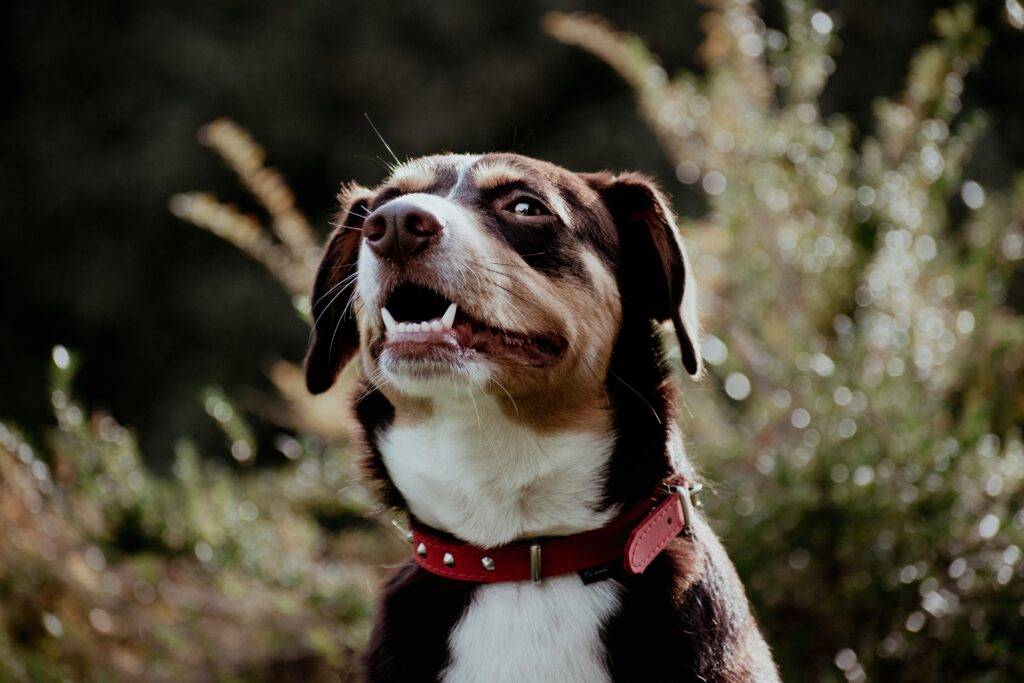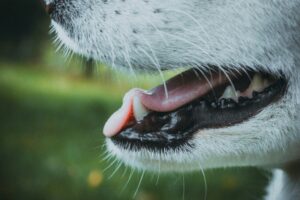- You are here:
- Home »
- Blog »
- Boston Dog Trainer »
- How to Brush Your Dog’s Teeth at Home
How to Brush Your Dog’s Teeth at Home
How to Brush Your Dog’s Teeth at Home
Brushing your dog’s teeth might sound intimidating, but it’s one of the most important things you can do for their health. Daily or even a few-times-weekly brushing can dramatically reduce plaque, freshen breath, and prevent painful dental disease.
Let’s break down how to make tooth brushing a positive, stress-free routine for you and your pup.

Why Brushing Matters
Tooth brushing removes plaque, which hardens into tartar if left on the teeth. Once tartar forms, it can only be removed by a professional dental cleaning. Brushing prevents this buildup, protecting your dog’s teeth and gums for the long haul.
What You’ll Need
✅ A dog-specific toothbrush (or a soft child’s toothbrush)
✅ Dog toothpaste (never use human toothpaste)
✅ Treats or praise for rewards
✅ A quiet, calm area
Dog toothpaste comes in flavors like chicken or peanut butter, making the process more enjoyable for your pup.
Step-by-Step Guide
1️⃣ Get Them Comfortable
Start by gently lifting your dog’s lips and touching their teeth and gums with your finger for a few days. Reward with treats.
2️⃣ Introduce the Toothpaste
Let your dog taste the toothpaste off your finger so they get used to it.
3️⃣ Add the Toothbrush
Place a small amount of toothpaste on the brush and gently brush just one or two teeth in a short session. Praise and reward.
4️⃣ Build Up Slowly
Each day, increase the number of teeth you brush. Go slowly to keep it positive.
5️⃣ Focus on the Outer Surfaces
The outsides of the teeth (against the cheeks) build up the most plaque. That’s the priority if you can’t reach every surface.
Tips for Success
✔ Brush at the same time every day to build routine
✔ Keep sessions short and positive
✔ Never force it — work up gradually
✔ Even brushing a few times a week is better than nothing
When to Call Your Vet
If your dog has:
-
Red, bleeding, or painful gums
-
Loose teeth
-
Severe bad breath
…schedule a dental exam before starting a brushing routine to rule out advanced disease.
Conclusion
Brushing your dog’s teeth doesn’t have to be stressful. With a little patience, the right tools, and positive reinforcement, you can turn it into a simple, healthy habit — and save your dog from dental disease down the road.


